10 Gaming Innovations The World Wasn't Ready For (But Is Now)
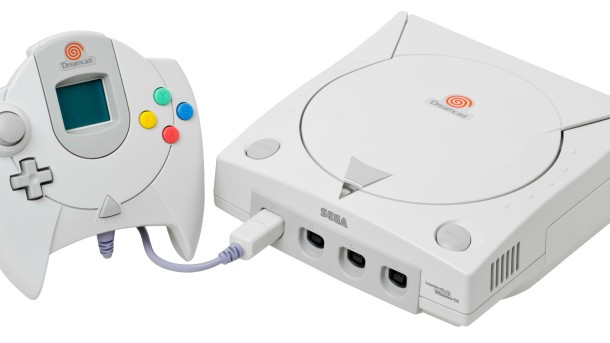
Since its inception, the game industry has been in a constant state of innovation. We’re at a point in this industry’s history where it seems that every year is a new metamorphosis of the industry that entertains us on a day-to-day basis.
With today’s announcement of Microsoft’s exciting new Windows Holographic suite, we found ourselves cautiously optimistic at what the HoloLens and HoloStudio could accomplish if/when it comes to market. We were also reminded of the seemingly endless potential held by the Kinect when it was first announced as Project Natal in 2009; potential that has still yet to be fulfilled.
Because of this, we got to thinking of some of the biggest and most influential innovations in gaming’s history that the world just wasn’t ready for at the time. Whether the technology caught up to the idea, or the market changed to be more conducive to the concept, there are several times where something that didn’t work previously just happened to catch on with a few tweaks.
Check out 10 times where companies in the games industry were ready to innovate, but the ideas were just ahead of their times.
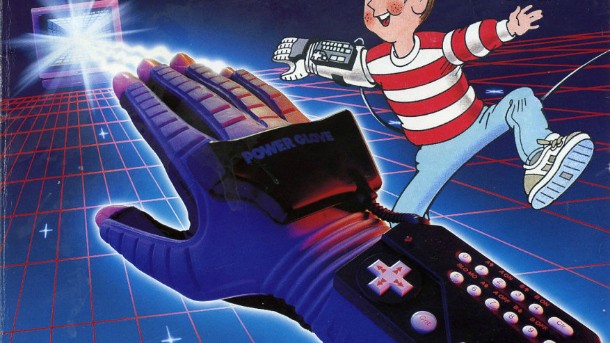
Power Glove/Motion Sensing - 1989
The Power Glove may have been one of the biggest flops on the NES, but its concept and legacy stuck with Nintendo and was eventually tweaked and implemented with much more success through the Nintendo Wii.
Sure, the Wii Remote wasn’t a tacky looking glove, but the technology behind motion controls had finally caught up to the concept behind the Power Glove, and the result was the fierce fad that spawned the Wii, the Kinect, and PlayStation Move. Thanks, Power Glove!

Atari Lynx/Color Handheld Gaming - 1989
When discussing technology that was way ahead of its time, the Atari Lynx is a shining example. Released in 1989, the Lynx featured a backlit color screen with network support – in addition to a seemingly insatiable appetite for batteries.
Later, the Game Gear ran into the same problem, while Nintendo kept pace, avoiding putting a backlight in its handheld until the technology was more feasible. Today, handheld manufacturers have figured out backlit, color screens, as the 3DS and Vita both provide bright and vibrant experiences on gorgeous screens, as do most phones.
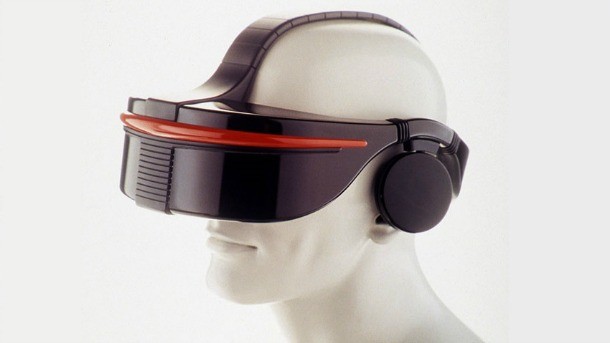
Sega VR/Virtual Reality - 1991
Announced for Mega Drive in 1991, the Sega VR headset gave players hope for a home virtual reality experience. The headset used head-tracking to allow games to be controlled by movements made by players’ heads, as well as an LCD screen and stereo speakers. While the Mega Drive version never made its way to market, the headset was featured in some of Sega’s arcade releases in the ‘90s.
Fast forward to 2015, and we’re standing at the precipice of a new virtual reality revolution as Oculus, Valve, and Sony all demonstrate VR technology, while Microsoft’s new Holographic technology takes the concept in a different direction.
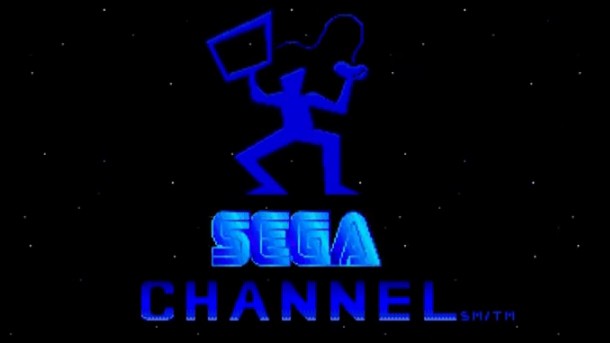
Sega Channel/ On-Demand Gaming - 1993
Though it ultimately fizzled out, the Sega Channel innovated in many areas that led to some of the most prominent trends we see in gaming today. The concept of being able to turn on your television and play a game attempted to transcend the rental market, but it did a lot more than just that.
The idea also laid down the groundwork for what would eventually evolve into the on-demand gaming systems we have in place today, as well as the idea of digitally delivering a game. The Sega Channel was also influential in the concept of a premium subscription service in the console gaming space.
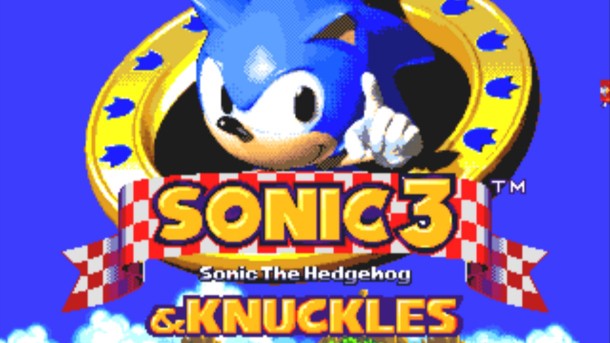
Sonic 3 & Knuckles Lock-On/Connected Games and Expansions - 1994
In series like Mass Effect and Dragon Age, players can connect games and see the story all the way through in a fairly seamless experience. Prior to that, however, it was Sonic & Knuckles that pioneered the idea of connecting multiple games to provide that end-to-end story. While it was crude, and involved stacking games on top of each other, Sonic 3 & Knuckles was a spectacular implementation of the idea.
Using the lock-on technology, Sonic & Knuckles also served as one of the first expansions in console gaming. Sadly, the idea didn’t take off again in the console market until the idea of downloadable content became commonplace on PlayStation 3 and Xbox 360.
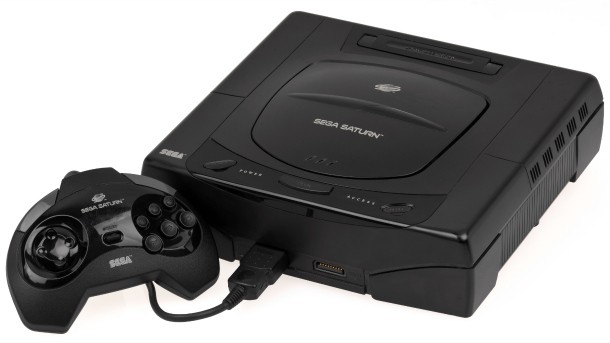
Sega Saturn/Surprise Launches - 1995
The Sega Saturn initially was planned to launch on September 2, 1995, but at E3 in May of 1995, Sega of America CEO Tom Kalinske surprised members of the media by announcing that Sega Saturn had already been shipped to several retailers for immediate release. This move ultimately failed, as Sony’s PlayStation released later that year to much higher sales numbers, and Sega’s excluding of certain retailers led to strained relationships.
Today, we see surprise launches at events all the time. Whether you’re talking Apple’s semi-annual events or the occasional surprise software launch on consoles, surprise launches rely heavily on how quickly information can spread through the internet, something that wasn’t as commonplace in 1995. To date, no major console manufacturer has attempted the surprise launch since Sega with Saturn, but with whispers of Nintendo working on ideas for a new console, or the constant underground demand for a Dreamcast 2, it would be interesting to see how they would fare under those circumstances.
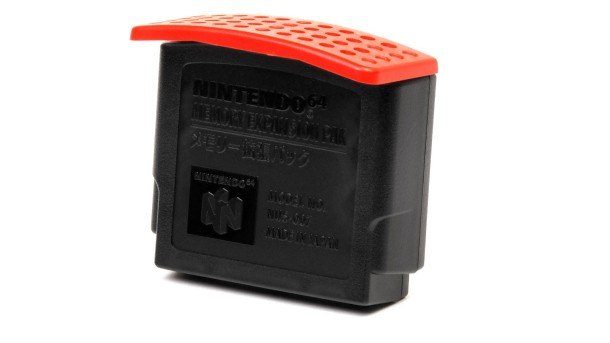
Expansion Pak/Gaming Hardware Improvements - 1998
Nowadays, upgrading gaming hardware isn’t an odd idea. From PC gamers continually searching for the latest magic combination that will let them max out their favorite games to console gamers replacing hard drives and modifying controllers, hardware optimization is quite regular these days. The Nintendo 64 Expansion Pak, however, was an odd case.
Adding 4 MB of RAM to the N64, it enabled better graphics for certain games like Command & Conquer and Excitebike 64, hinting at gaming’s upgradable future. The Pak was also required for games like Legend of Zelda: Majora’s Mask, Donkey Kong 64, and Perfect Dark, foreshadowing Nintendo’s handheld future with how the New 3DS will utilize a better processor to speed up loads on 3DS games in addition to beefing up titles created only for the new system.
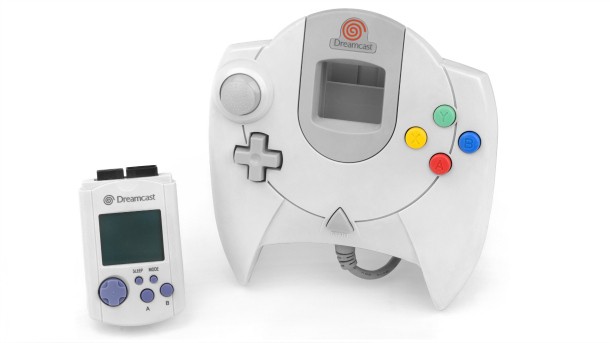
Dreamcast VMU/Second Screen on Controller - 1999
Nintendo may have released the first home console with a touchscreen on a controller, but nearly a decade and a half prior to that, Sega put a second screen experience in our living room with the Visual Memory Unit for the Sega Dreamcast. While plugged into the Dreamcast controller, the VMU served not only as a second screen that displayed information or images during gameplay, but also as a memory card for game saves.
As a bonus, after you turned your Dreamcast off, you could bring the VMU, which had its own set of buttons, on the road and use it as a type of handheld device to play minigames tied to your Dreamcast library. The downside was that the Dreamcast controller looked weird and incomplete without the VMU connected.
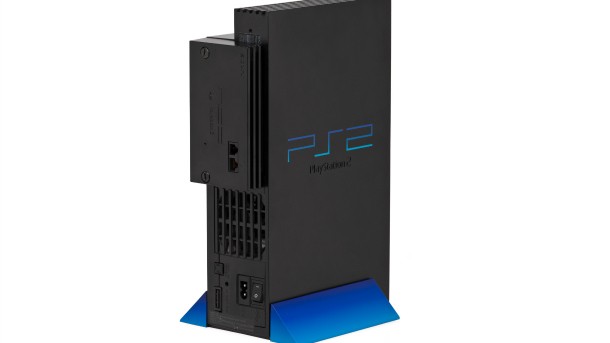
Dreamcast/PS2 Network Adapter/Xbox/Online Gaming - 2002
I still remember unpacking my Dreamcast and finding a disc that allowed me to connect to the internet. I don’t think I ever used it with any amount of success, but many became obsessed with playing Phantasy Star Online with friends. Sony was also an early supporter of online gaming, but with the functionality relegated to a separate Network Adapter, the company found it hard to rally its audience. The SOCOM series was an early success, but Microsoft’s Xbox took online console gaming to the next level with Halo 2. Today, it’s impossible to imagine the games industry without all of the online features that have become commonplace in nearly every major release.

OnLive PlayPack/Instant Game Collection - 2010
PlayStation Plus is one of the best values in gaming today, but before that, OnLive, the game streaming service, attempted to do something very similar through the OnLive PlayPack. Those who picked up the subscription received a collection of games that could be streamed at no additional cost as long as the user maintained the subscription, and also offered additional discounts on games on the OnLive service. OnLive failed to become the streaming juggernaut it hoped to be and the company was sold. It was relaunched in 2014 with the return of the PlayPack and a new CloudLift feature that lets one play downloaded PC games in the cloud on most devices.









